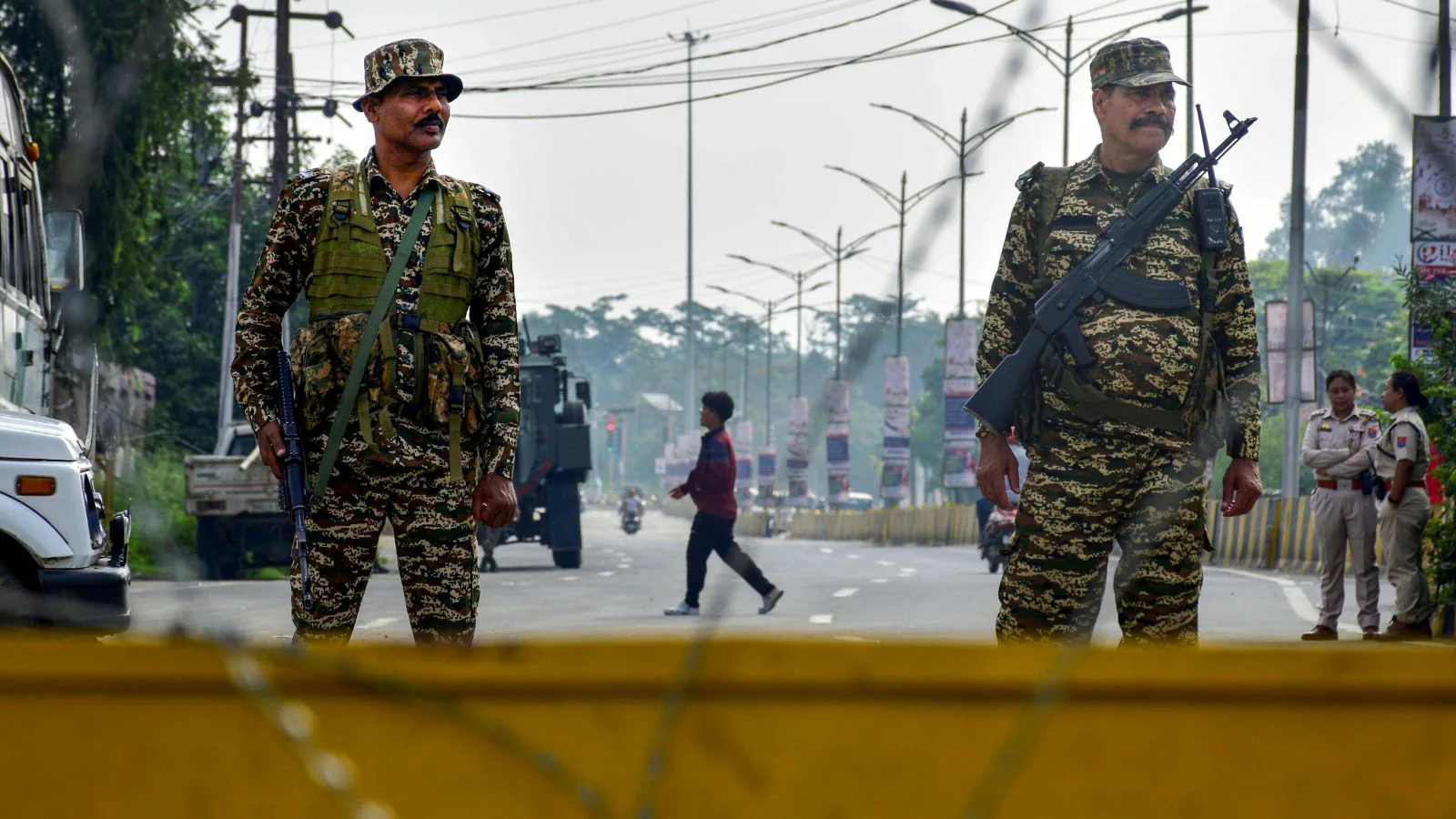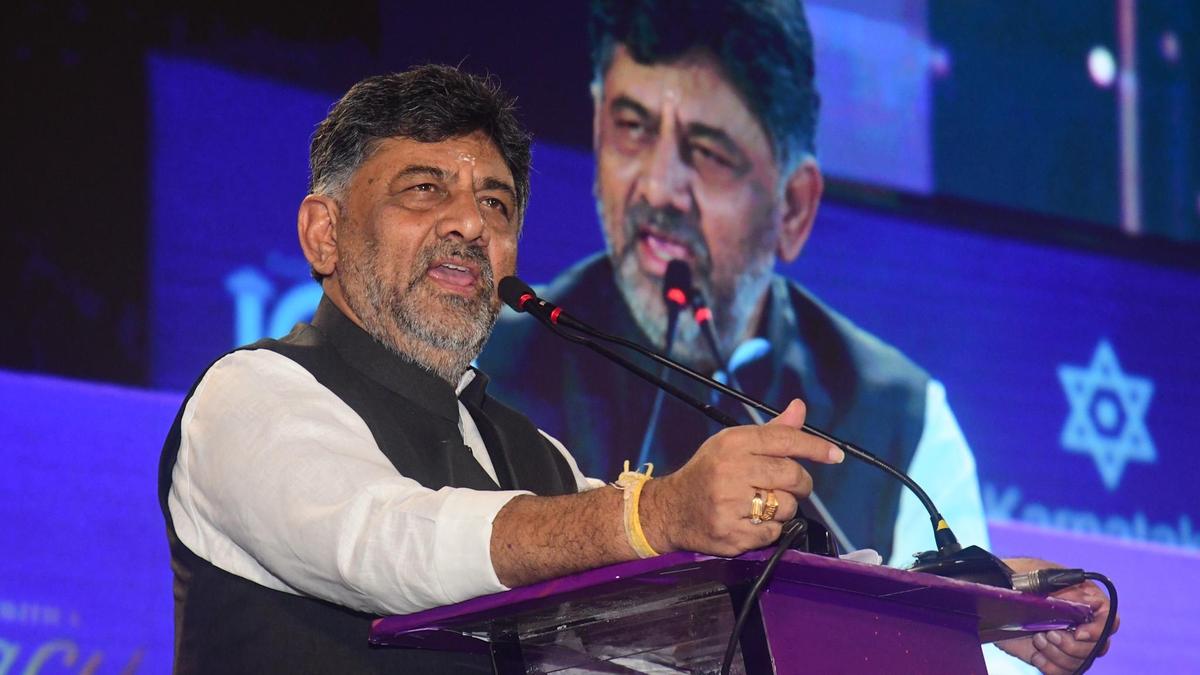Copyright news18

When wounds fester, hoping is not enough. One needs proactive, engaged healing. Manipur is a good example. A visit to the state reveals a divide so deep and hatred so alive that a rapprochement between two communities that coexisted for centuries now seems nearly impossible. The geographical separation, too, is now clinical and complete. You will not find a single Kuki in Imphal or the surrounding valley. Students, government officials, shop owners, vendors, and daily-wage labourers have all retreated to the Kuki-inhabited hills. Houses where Kukis once lived now stand ravaged and abandoned in Imphal. Kukis are so afraid to enter the Meitei zone that instead of using the Imphal airport, which is just over an hour away, they travel 12–13 hours to Aizawl. Similarly, you will not find a single Meitei in the Kuki-inhabited town of Churachandpur and the surrounding hills. Hundreds of Meitei families who moved out of Kuki zones now live in shabby displacement camps. Kukis even refuse to acknowledge the Meitei origins of the town’s name (after Maharaja Churachand Singh) and call it Lamka, its Kuki version. Competing victimhood rages in both communities. Pain and distrust have distorted reality so much that an otherwise amiable social worker in Churachandpur denies that any Meitei was killed at all in the conflict. “Just an old woman died of heart failure,” he says, seemingly convinced of his own story. Official figures, however, put Meitei deaths at 67 and the Kuki-Zo toll at 98. Similarly, in Imphal, a Meitei professor paints Kukis as traitors who were brought in and settled in Manipur’s hills by Meitei kings but who, in return, took over Meitei land, smuggled drugs and guns, and forced demographic change by exploiting the state’s tribal land laws. The conflict is so deeply rooted in tribal and existential insecurity that dissolving the walls of rancour may take many years. There are, however, some groups that have gained from this. The Nagas, who form the third major population, have remained neutral in this conflict. Although they are a Christian majority, they tend to align more with Hindu-majority Meiteis than with Christian Kukis because of past Kuki–Naga violence and skirmishes over hill territories. Meitei Pangal Muslims have also played it smartly. They are allowed free access in both Meitei and Kuki zones, along with Gorkhas, Biharis, and Bengalis. These communities today serve as the only links between the sharply segregated Kuki and Meitei zones. They carry essentials from one zone to the other and trade on both sides. There is another extremely important binding and healing force in Manipur: the Assam Rifles. Alongside the raw heat of combat and counter-insurgency, it has been playing a more healing, social role—often at grave risk to its own soldiers. As recently as September 19, two Assam Rifles personnel were ambushed and killed by militants at Nambol near Imphal, shortly after Prime Minister Narendra Modi’s visit, during which he had announced development projects worth over Rs 7,300 crore in Churachandpur and over Rs 1,200 crore in Imphal. The Assam Rifles have shown exemplary restraint in many situations where they were deliberately provoked. Had the soldiers hit back hard and caused any civilian casualty, it would have given terror groups a chance to pour fuel on the fire and revive the largely foreign-funded conflict. The Assam Rifles have been running camps and training students from diverse communities for professional courses through social organisations like NIEDO (National Integrity and Educational Development Organisation), providing medicines and healthcare, and mobilising local peacemakers. In Pallel, for instance, youngsters from all communities are being trained in the hospitality business. In Ukhrul and Bishnupur, NIEDO trains students for engineering and medical courses at Assam Rifles facilities. Corporations like Axis Bank, Tata Trusts, Credit Suisse, Reckitt Benckiser, Dalmia Bharat Foundation, and Power Grid Corporation of India also contribute. The Assam Rifles additionally trains and absorbs hundreds of youngsters into the forces. In several battle-torn areas, where even hospitals are absent or destroyed, they are the only go-to agency for locals. While both communities come to the Assam Rifles camps, attend courses, and study as close friends in protected hostels, they cannot even whisper a word about it outside for fear of being targeted by hardliners and extremists in their respective communities. What India’s forces and social organisations are doing is a vital bandage. But to truly heal Manipur, its compartmentalised, predatory politics must radically change. Abhijit Majumder is the author of the book, ‘India’s New Right’. Views expressed in the above piece are personal and solely those of the author. They do not necessarily reflect News18’s views.



